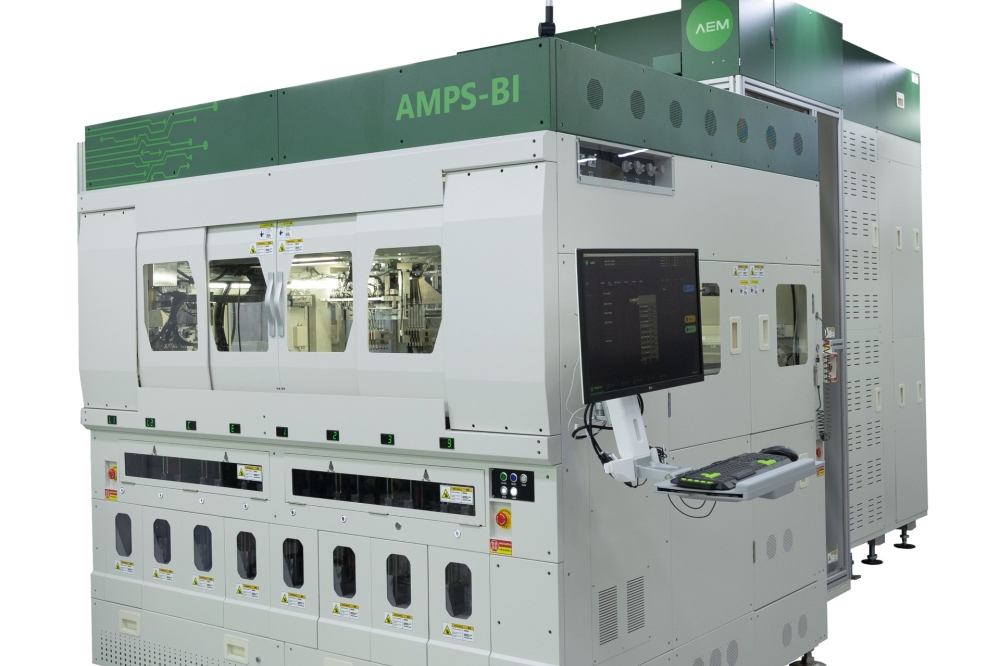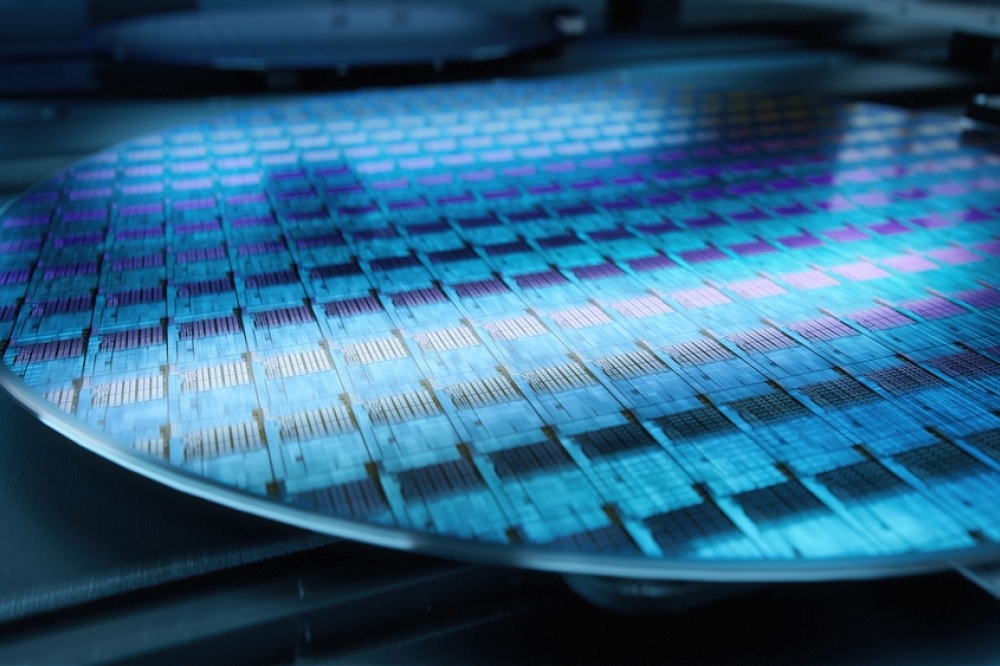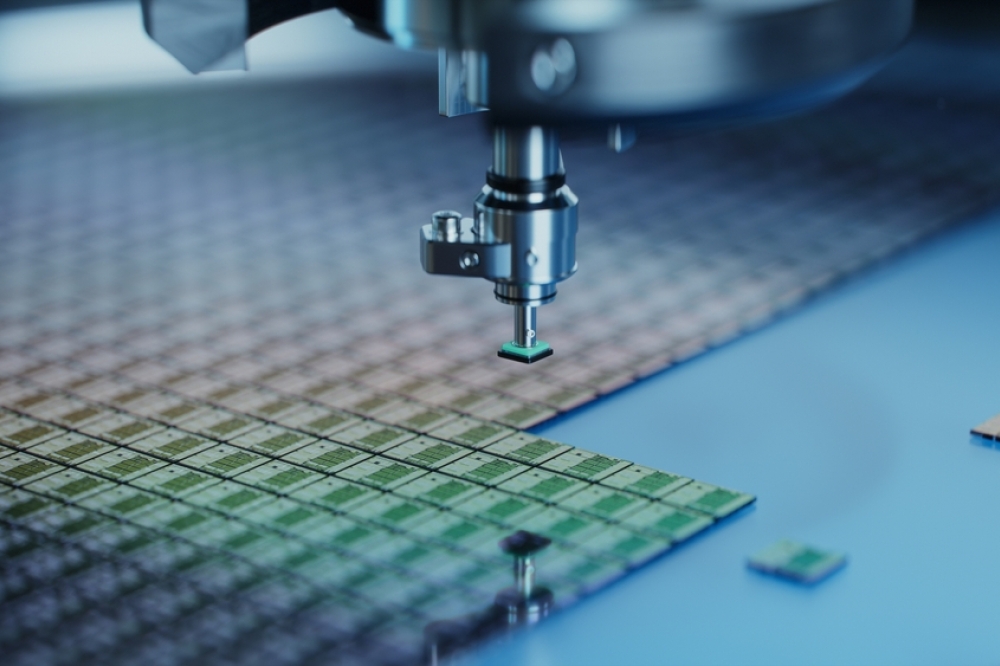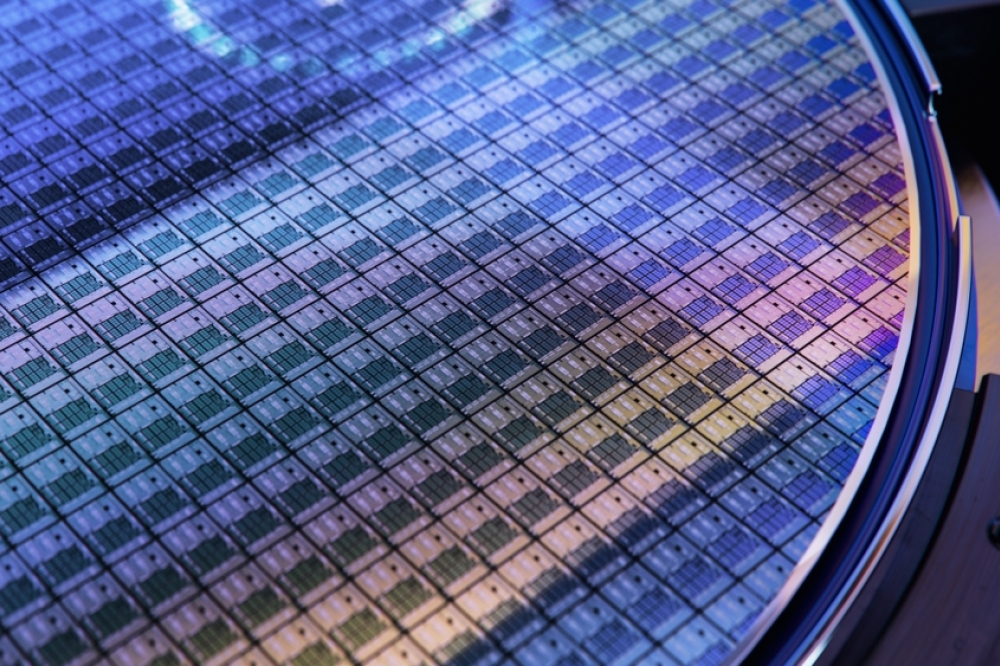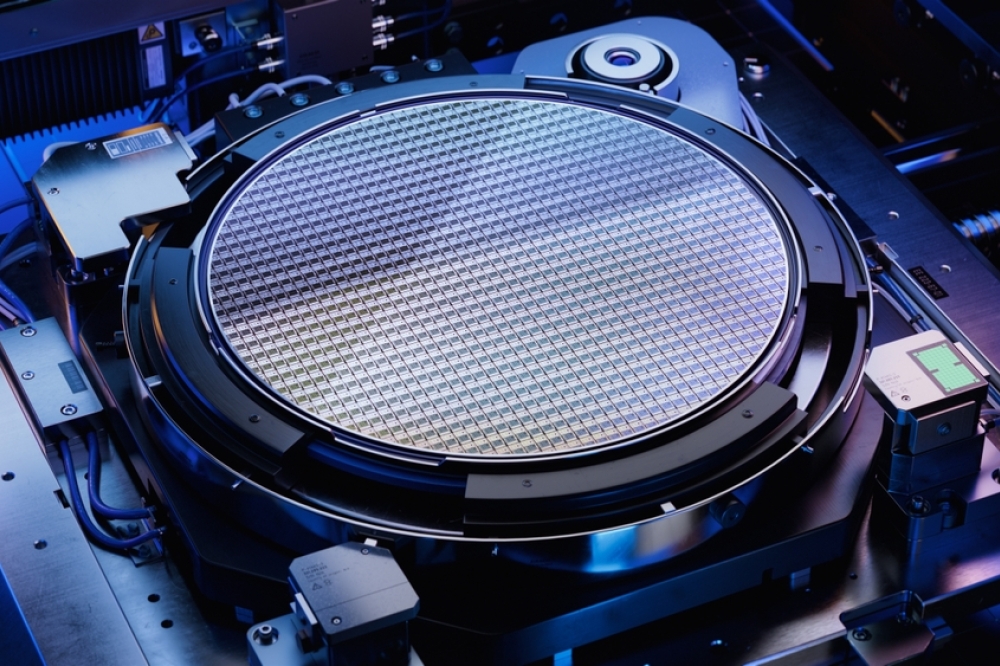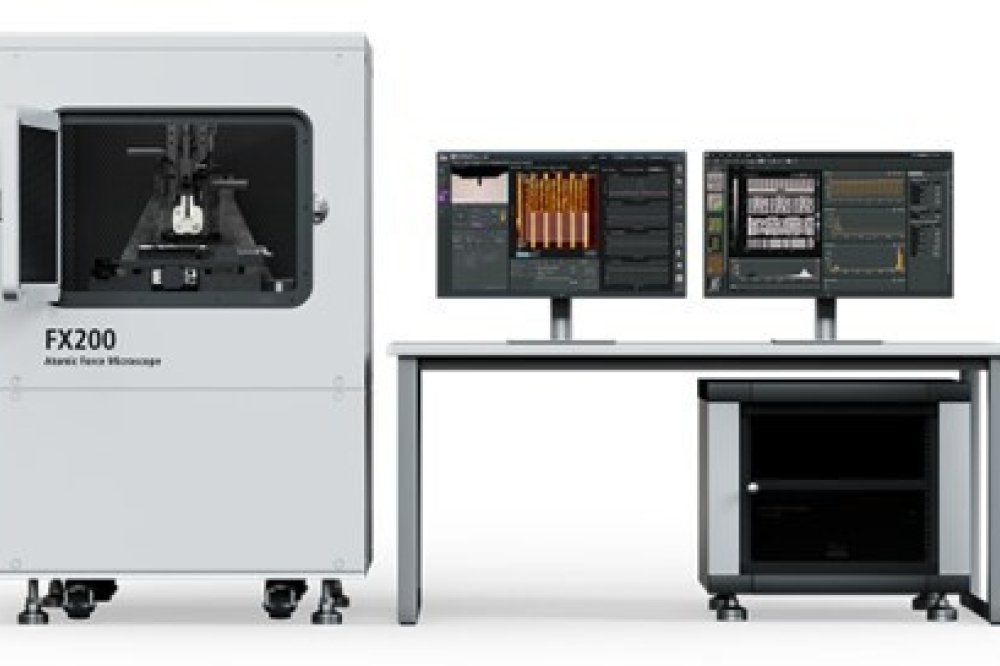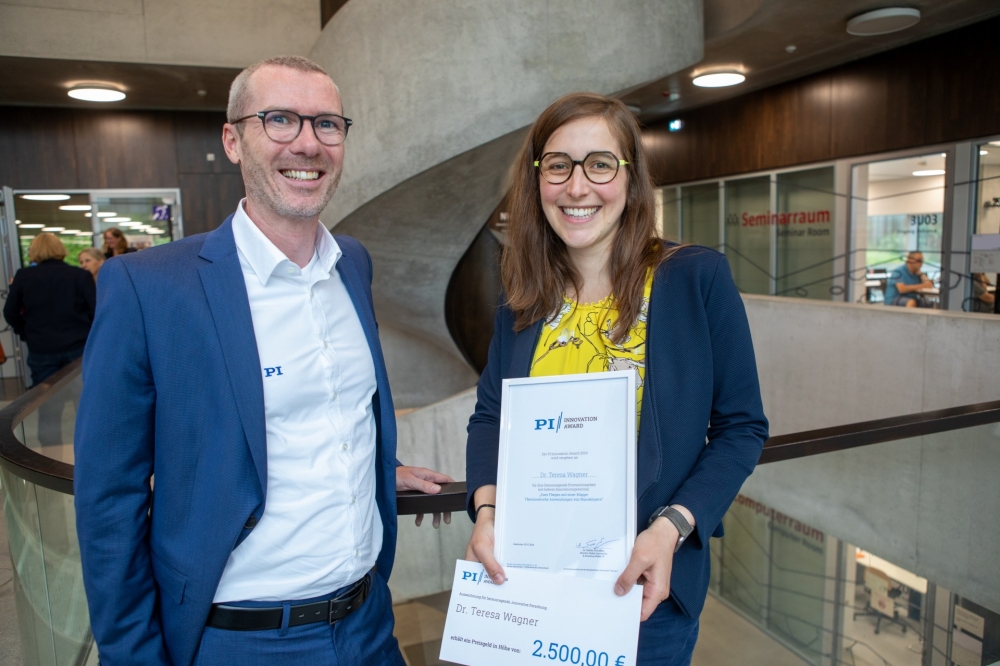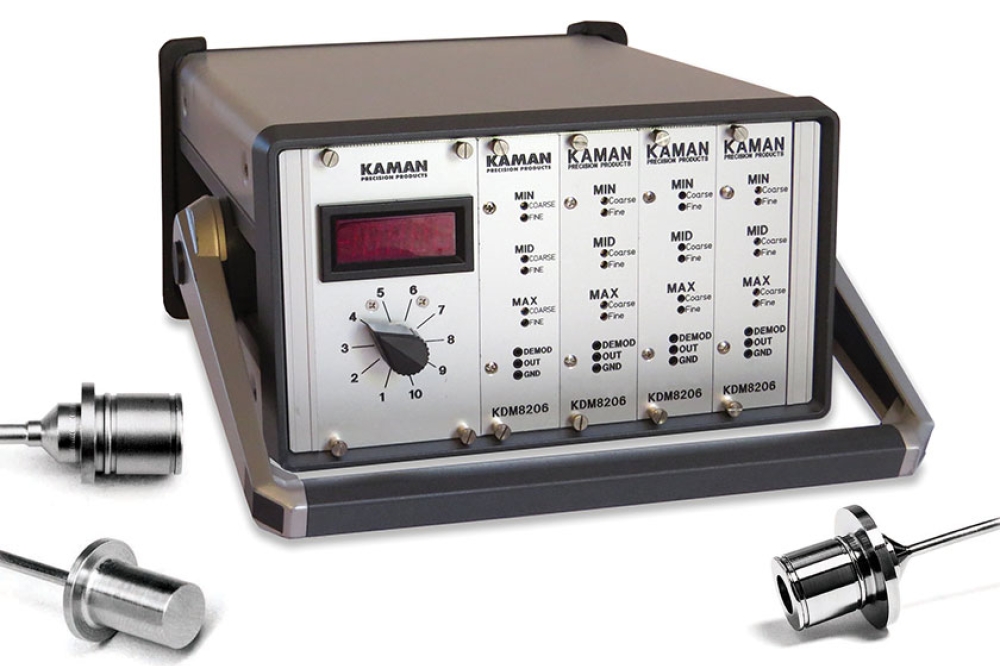Developing semiconductor personalisation centres

WISeKey International Holding's wholly-owned subsidiary SEALSQ Corp is offering countries via a PPP the technology and services the ability to develop their own semiconductors personalization centers.
The objective of this initiative is to reduce dependency on semiconductors manufacturing and deployment of microchips.
With the ongoing global shortage of semiconductors, countries around the world are realizing the importance of securing their supply chains for critical technologies. In response to this need, WISeKey via SEALSQ.com is offering a comprehensive solution that will enable countries to establish their own semiconductor personalization centers via a Public Private Partnership. These centers will provide local production and customization of SEALSQ microchips, reducing reliance on foreign suppliers and enhancing supply chain security.
"We are excited to offer this solution to countries looking to reduce their dependency on foreign semiconductor manufacturers via SEALSQ.com," said Carlos Moreira, CEO of WISeKey. "By establishing their own semiconductor personalization centers, countries can take control of their supply chains and ensure the security and reliability of their critical technologies."
WISeKey via SEALSQ's solution includes a range of services and technology, including secure elements, root of trust, cryptographic keys, and hardware security modules. The company will provide the necessary hardware, software, and training to establish and operate the personalization centers, as well as ongoing support and maintenance.
The solution is particularly relevant for industries such as automotive, aerospace, and health, where the need for secure and reliable microchips is critical. By establishing local personalization centers, countries can ensure that their industries have access to the necessary microchips, even during times of global shortage. The establishment of personalization centers will also create jobs and boost local economies. This initiative will not only enhance supply chain security, but also contribute to the economic development of participating countries.
WISeKey via SEALSQ is currently in discussions with several countries regarding the establishment of semiconductor personalization centers. The company is committed to providing a comprehensive solution that meets the unique needs of each country. Earlier this year, WISeKey via SEALSQ started offering its Security Services and Semiconductors to IoT device manufacturers adopting Matter Protocol, the leading standard for smart home devices from the Connectivity Standards Alliance (CSA). WISeKey’s Root Certificate Authority (CA) has been approved by the CSA for Matter device attestation and becomes a Product Attestation Authority (PAA).
Matter, an industry-led effort of the CSA, brings together the world's leading manufacturers and service providers to achieve secure, reliable and seamless use of smart home devices. Matter enables IP-based networking and communication across smart home devices, mobile applications and smart home ecosystems. Matter devices offer consumers assurances of secure use through a consortium-led standard for authenticating device identity that only allows Matter-certified devices to connect to the network. Device attestation process allows existing Matter devices to locally confirm new ones when recognized by the local network, and quickly remove non-compliant devices when needed.
With the widespread adoption of Matter certification, the demand for semiconductors is expected to increase. This is because smart home devices require a range of semiconductors, including microcontrollers, sensors, and wireless communication chips. The implementation of Matter certification will lead to the development of more smart home devices, which will require the production and deployment of more semiconductors. Furthermore, as the smart home market continues to grow, the demand for semiconductors will increase. The global smart home market is expected to grow at a compound annual growth rate of 29.3% from 2020 to 2027, according to a report by Allied Market Research. This growth is driven by factors such as the increasing adoption of smart home devices, the rise in demand for energy-efficient devices, and the growing awareness of home security and safety.
SEALSQ is also making great progress on post quantum technology. The SEALSQ Post-Quantum engineering team has been able to carry both Kyber and Dilithium CRYSTAL quantum-resistant NIST selected algorithms and the appropriate APIs on the MS6003, a WISeKey Common Criteria EAL5+ Certified secure hardware platform powered by an ARMSC300 core and featuring an USB interface, thus creating the first Quantum-Resistant USB Token demonstrator. This demonstrator marks a substantial milestone for the QUASARS project and takes the team one step closer to achieving their goal of building a Post-Quantum Hardware Security Module and Root-of-Trust.
WISeKey, through SEALSQ, has taken affirmative steps to implement its QUASARS project. The QUASARS project, is a radically innovative solution, based upon the new WISeKey Secure RISC V platform that is paving the way for the Post Quantum Cryptography era, offering hybrid solutions compliant with ANSSI’s (“Agence nationale de la sécurité des systèmes d’information,” the National Cybersecurity Agency of France) recommendations. Of note, SEALSQ has received strong support from the French SCS (Secured Communicating Solutions) Cluster for its QUASARS project.
Post-Quantum Cryptography (PQC) refers to cryptographic methods that are secure against an attack by a quantum computer. As quantum computers become more powerful, they may be able to break many of the cryptographic methods that are currently used to protect sensitive information, such as RSA and Elliptic Curve Cryptography (ECC). PQC aims to develop new cryptographic methods that are secure against quantum attacks.
One example of a Post-Quantum technology is the lattice-based cryptography, a type of public-key cryptography based on the hardness of a mathematical problem called the Shortest Vector Problem (SVP) which is thought to be too difficult for a quantum computer to solve. Lattice-based cryptography can be used for tasks such as digital signatures, key exchange, and encryption.
Another example is code-based cryptography, which is based on the difficulty of decoding certain algebraic structures called error-correcting codes. These codes can be used to create digital signatures, key exchange, and encryption schemes that are secure against quantum attacks. It is worth noting that PQC is still in its early stages of development and there is ongoing research to identify and improve the most promising post-quantum techniques.
WISeKey is part of the National Institute of Standards and Technology (NIST) National Cybersecurity Center of Excellence (NCCoE) project, a new secure platform, that will help define best practices for performing trusted network-layer onboarding, and aid in the implementation and use of trusted onboarding solutions for IoT devices at scale.
Additional information on this consortium can be found at: http://www.nccoe.nist.gov/projects/trusted-iot-device-network-layer-onboarding-and-lifecycle-management.


